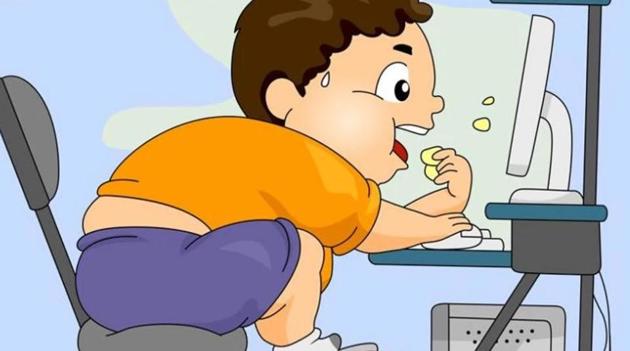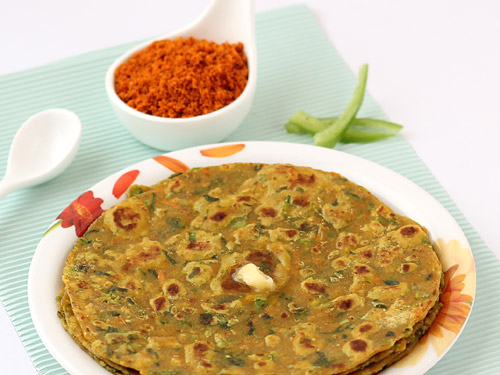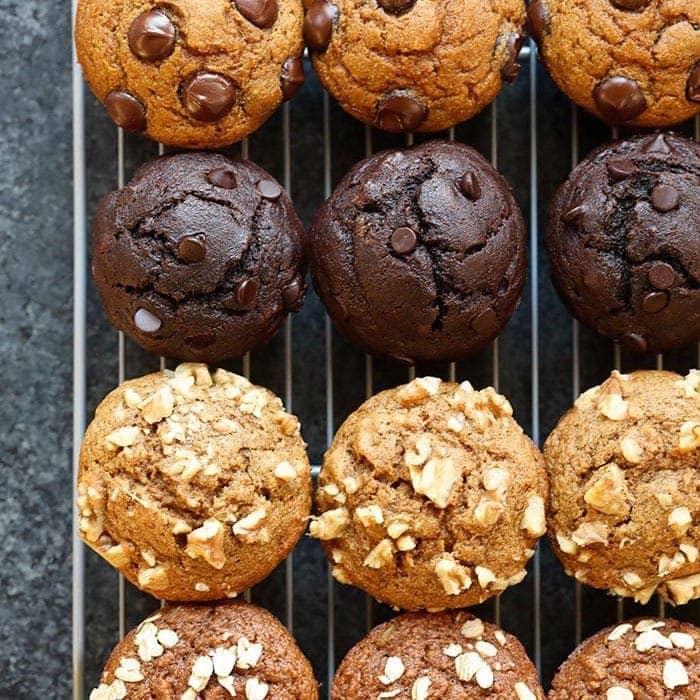Childhood obesity - An alarming lifestyle issue
Childhood Obesity Management

With rapid urbanization, India is becoming the epicentre of both adult and childhood obesity.
Childhood obesity has become a serious public health challenge today, with an alarming rise in the last 4 decades. The prevalence of obesity in children and adolescents has jumped from 11.6% in 2008 to 17.3% in 2017, and nearly one in five children and adolescents are overweight or obese.
(https://www.ncbi.nlm.nih.gov/pmc/articles/PMC6939706/)
The World Health Organization (WHO) defines obesity as: ‘abnormal or excessive fat accumulation in the body that may impair health.
(https://www.who.int/news-room/fact-sheets/detail/obesity-and-overweight)
Factors leading to Childhood Obesity
Obesity is a result of imbalance between calories consumed and calories spent. Poor food choices and overconsumption of foods rich in saturated fats and sugar with decreased physical activity are associated with a higher risk of developing obesity.
Unhealthy Eating Habits

Parents do not realize, but children are eating junk food all the time.
According to studies ,there has been a dramatic increase of junk food consumption in India which has led to a reduced intake of nutrients (fibre, vitamins and minerals) and excess intake of unhealthy foods such as fried foods, pizza, and sugary drinks including sodas, beverages etc. This has put Indian children and adolescents at risk of developing obesity and other chronic degenerative diseases.
(doi: 10.1186/s12937-017-0272-3.)
(https://www.ncbi.nlm.nih.gov/pmc/articles/PMC6939706/)
Portion size
Energy consumption in children is influenced by the size of the food served, with larger portions served leading to substantial increase in energy intake .This energy imbalance results in weight gain, and if unchecked can lead to obesity.
(https://www.ncbi.nlm.nih.gov/pmc/articles/PMC4105579/)
Lack of physical activity

Overindulgence in leisure activities e.g., television viewing, internet surfing and games, mobile usage, decreased participation in outdoor play and reduced emphasis on sports, contribute to childhood obesity.
(https://www.ncbi.nlm.nih.gov/pmc/articles/PMC4367021/)
Implications of Obesity in Childhood
Childhood obesity has an adverse effect on children's physical health, social, and emotional well-being, and self-esteem.
It has been linked to numerous medical conditions including fatty liver disease, diabetes mellitus, asthma, cardiovascular disease, high blood pressure, skin conditions, menstrual abnormalities and orthopaedic problems.
Nutritional Management of Childhood Obesity
Dietary intake and physical activity are two key modifiable behaviours related to Childhood Obesity.
Ways to encourage your child includes
Let them eat a variety of food and eat in moderation. Overeating is not a sign of a healthy child.
Teach them not to skip meals and eat at regular intervals to keep them energized.
Replace refined flour with whole grains flour in their diet
Encourage them to eat a rainbow coloured variety of fruits and vegetables. Introduce them to local vegetables.
Choose a combination of Carbohydrates with Protein as carbs give energy and protein-packed food help children stay full for a long time.
If your child does not like to drink milk, flavour it naturally or include a yogurt smoothie or add milk to their favourite recipes. You can also try flavoured protein supplements like GRD (https://grdprotein.in/)
Make them drink a lot of water and avoid sodas, colas.
Season food with herbs and spices such as mint, lemon, cinnamon, or nutmeg for flavour.
Use healthy cooking methods like steaming, boiling, stir frying instead of deep frying.
Add a variety of colourful food and cut them into fancy shapes to make them appealing to children.
Indulge in pastries, cakes, burgers but only as an occasional treat.
Avoid using food as a reward, instead teach them to love eating healthy.
Get Your Child Off the Couch!

Limit the time they sit and watch TV, play computer games or chat on mobiles.
Encourage physical activity in young children, and 60 minutes of daily vigorous physical activity in older children
Make weekend plans with your children, either for picnics, taking them to park or hiking, trekking.
Let Children Snack Healthy
Children develop eating habits from home and family. Hence, for children to snack healthy, parents should stock up the kitchen pantry with healthy foods.
Fruits and wholegrain crackers instead of cookies.
Fresh fruit juice instead of soda and beverages.
Stock up the refrigerator with vegetable and fruit sticks instead of pastries, colas and left over pizza.
Fresh yoghurt with fruit chunks instead of ice creams.
Homemade baked kale, banana, soya chips etc.
Nuts and fruits trail mix
The Takeaway
Parents are the role models towards a lifestyle that their children choose. Hence taking the lead and adhering to healthy choices has an influence on children's lifestyle practices.
Healthy Recipes For Children
Healthy Vegetable Paratha (Serves 4)
Healthy and simple versions of roti sabzi combined together, so no more fuss from your child !

Ingredients
¼ cup sorghum flour (jowar)
¼ cup pearl millet flour (bajra)
¾ cup whole wheat flour
¼ cup chopped spinach
¼ cup grated carrot and beetroot
¼ tsp turmeric powder
¼ tsp chilli powder
½ tsp roasted cumin seeds (jeera)
1 tsp oil
Salt to taste
Method
Combine all the ingredients in a bowl and knead into a soft dough.
Divide the dough into 8 equal portions or depending on the size of parathas you prepare.
Roll out the dough evenly.
Heat a tava and cook the chapati using oil until golden brown spots appear on both sides.
Repeat with the rest of the dough.
Cut them into triangles and serve hot with ketchup or cool them and pack them for tiffin.
Nutrition Information per piece
Energy | 67 kcal |
Carbohydrates | 8 gms |
Proteins | 1.2 gms |
Fats | 1.3 gms |
Fibre | 3.6 gms |
Healthy Muffins
Every child deserves an occasional treat and what is more better than delicious homemade and healthy muffins

Ingredients
1 ¼ cup chopped apples (unpeeled )or berries
1 cup whole wheat flour
1/4 cup Honey (adjust as per taste)
2-3 tbsp whisked yoghurt (dahi)
1/4 teaspoon Baking soda
1/2 teaspoon vanilla essence
½ tsp lemon juice
A pinch of salt
Method
Sift whole wheat flour and baking soda ,cinnamon powder and salt together.
To the flour add 1 to 2 teaspoons curd along with lemon juice, vanilla essence and honey. Add lukewarm water as required (1/4 to ½ cup approx. ) to make batter and mix gently using a whisker.
Add fruits and mix gently
Take a muffin tray and place paper cups in the moulds.
Add a spoonful of batter into each cup and tap lightly.
Preheat an oven at 180 C for 10 minutes.
Bake the muffins in a preheated oven at 180 C for about 20 minutes.
Check by inserting a toothpick if the muffins are done.
Let them cool and then remove from the oven and serve them.
*Try different shaped muffin moulds to make these muffin more appealing to children
Nutrition Information per piece (65 gms)
Energy | 178 kcal |
Carbohydrates | 32 gms |
Proteins | 2.7 gms |
Fats | 3.5 gms |
Fibre | 2.3 gms |
Final Takeaway:-
Childhood obesity is alarming and proper nourishing snack should introduced in children’s lifestyle. GRD snacks offer wide variety of snacks from drinks to diskettes to fulfil nutritional needs with correcting weight management issues. They are tasty and convenient inclusion for taking care of weight and health.


Comments
Post a Comment